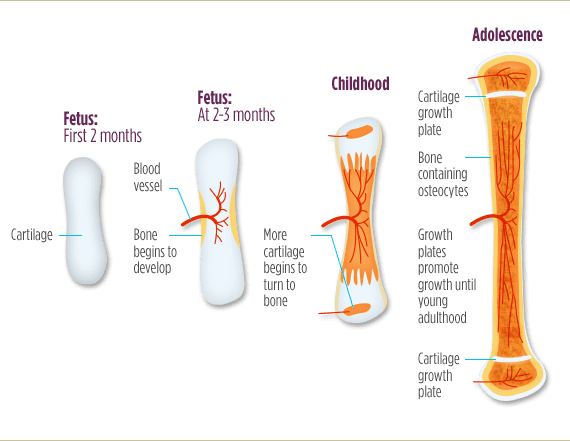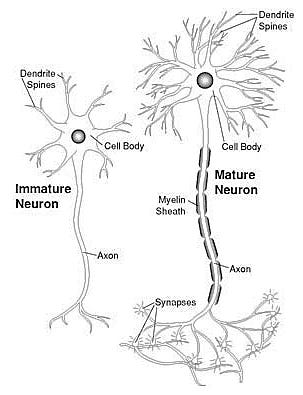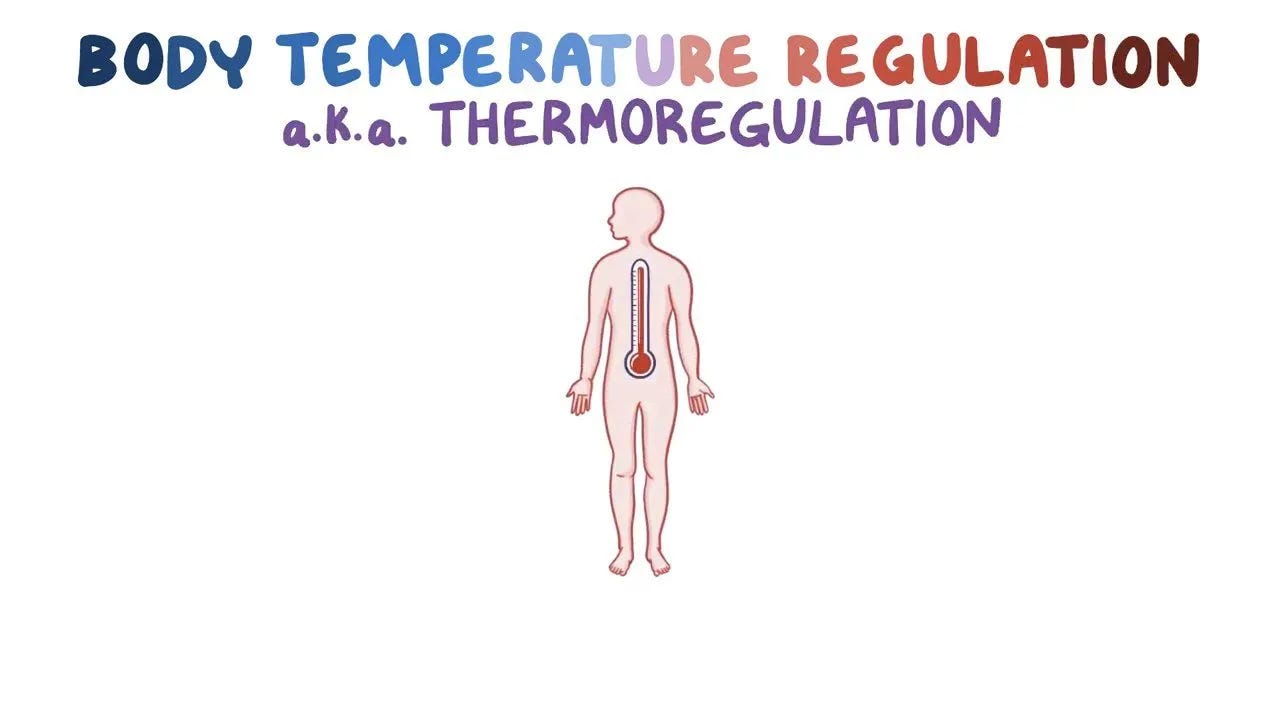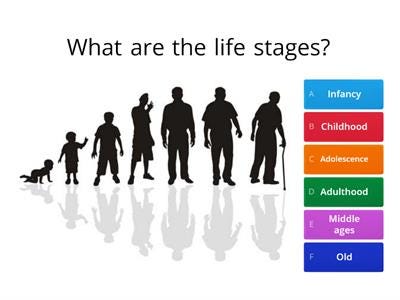
Children and adults share similar biochemical and physiological characteristics. However, “similar” should not be confused with “identical.” I would like to review some of these characteristics, identify similarities, and attempt to show subtleties that exist between these two age groups.
Childhood might be defined as the period of time between the first birthday and adolescence, and adolescence might be understood as the period during which secondary sex characteristics begin to emerge and maturate (Kenney, Wilmore, & Costill, 2012). Adulthood can be defined as the full maturation of adolescent characteristics (Kenney et al., 2012). What, then, would be different among these age groups?

Bone is similar, yet unique, among children and adults. Bone is characterized in both children and adults as a system of structural support for both muscles and organs. It behaves as a holding tank for calcium and phosphorous, and participates in immune system regulation (Kenney et al., 2012). However, children and adults do differ in bone density. Bone mineral density is defined as the mass of bone per unit volume (Kenney et al., 2012). Ossification, or transformation of cartilage and membrane to bone, is generally completed in the early 20s. However, as children, there exists much more cartilage than purely ossified bone, lowering the overall density compared to adults (Kenney et al., 2012).

The nervous system is another trait that shares both similarities and differences among children and adults. The nervous system is made up of both the central and peripheral regions. Of interest are the differences among the axons of children and adults. In a fully mature adult, the axon is adequately covered by multiple myelin sheaths. This sheath allows for quick propagation of action potentials along the axon to its terminal branches (Kenney et al., 2012). In children, however, this sheath is not complete or fully developed. Consequently, efferent and afferent signals move more slowly in children, inhibiting both fast reactions and skilled movements.

Thermal regulation also differs between children and adults. Generally, evaporation plays the biggest role during intense exercise in adults (Kenney et al., 2012). However, young children rely primarily on convection and radiation. Convection uses moving gases or liquids to transfer heat or cold. Radiation is the transfer of heat through electromagnetic waves. These two methods of heat and cold transfer prove useful to children, especially when there are large temperature gradient differences between the environment and the person. This is due largely to children’s higher ratio of body surface area to mass (Kenney et al., 2012). However, the closer the temperature of the environment is to the core temperature of the child, the less efficient these two modes of heat and cold transfer become (Kenney et al., 2012). Evaporation is a poor mode of heat transfer in children because their sweat glands do not produce sweat quickly enough to maintain thermal homeostasis. Children’s systems are also less sensitive to changes in core temperature, slowing their response time to both internal and external thermal changes.
Research shows that exercise can induce physiological adaptations in children. However, gains can be transient in nature and slow to develop. Thus, understanding and respecting the physiological uniqueness of children is paramount; it reminds us to implement exercise prescription with an approach grounded in patience, diligence, and attention to safety.
References
Kenney, W. L., Wilmore, J. H., & Costill, D. L. (2012). Physiology of sport and exercise (5th ed.). Champaign, IL: Human Kinetics.
-Michael McIsaac

